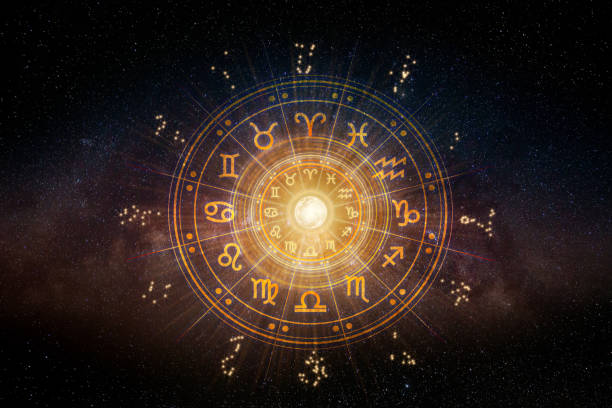Understanding Horoscope: Meaning, Charts, and Influences
A horoscope is a set of interpretations based on a person’s birth time, date, and place, presented as a chart or daily forecast. Rooted in a long history of sky observation, horoscopes condense symbolic relationships between celestial positions and human patterns into readable guidance. They are interpretive tools used across cultures to reflect tendencies, timing, and possible influences rather than fixed predictions.

What is a horoscope?
A horoscope is typically a map of the sky at a specific moment — most commonly a person’s birth — that shows where planets and key points were located relative to Earth. Astrologers translate those placements into symbolic language about personality, potential events, and life themes. Daily horoscopes simplify this map into general advice based on the Sun sign. Horoscope readings vary by method and tradition, and their usefulness depends on the accuracy of birth data and the interpreter’s approach.
How do zodiac signs work?
The zodiac divides the ecliptic into twelve equal signs, each associated with particular qualities, elements, and modes. Signs describe how planetary energies are expressed: for example, a planet in a fire sign may indicate more outward, active expression, while an earth sign emphasizes practicality. Sun, Moon, and rising sign (ascendant) are commonly highlighted in popular horoscopes because they summarize core identity, emotional style, and social persona. Over time, traditions layered myth and symbolism onto these patterns to form the modern zodiac framework.
How is astrology different from astronomy?
Astrology and astronomy share historical roots in observing the stars but serve different aims. Astronomy is a scientific discipline focused on measuring and explaining celestial objects and phenomena. Astrology is a symbolic interpretive system that relates planetary positions to human experience. While astronomy provides the factual data of where planets and stars are, astrology interprets those positions through a language of signs, houses, and aspects. This distinction helps clarify why astrology remains a cultural practice while astronomy follows empirical research.
How do stars and planets affect charts?
In astrology, planets represent different drives and areas of life: for example, Mercury relates to communication, Venus to values and relationships, and Mars to action. Stars (fixed stars) historically added nuance, but modern practice emphasizes planets and their angular relationships, called aspects. The positions of planets in zodiac signs modify how their energies manifest, while their placement in houses connects them to life domains like career, home, or relationships. Transits and progressions describe ongoing planetary movements that astrologers use to time potential phases or changes.
How to read a horoscope chart?
Reading a natal chart begins with three anchor points: Sun (core identity), Moon (emotional patterns), and Ascendant (outer persona). Next, identify the distribution of planets across signs and houses to see recurring themes and strengths. Aspects (conjunctions, squares, trines, oppositions) show dynamic relationships between planetary functions, indicating ease or tension. For practical horoscopes, look at current transits to natal planets to interpret timing. Remember that chart interpretation blends symbolic meaning with context: life events are influenced by many factors, and readings are probabilistic and interpretive rather than deterministic.
Where to find local services and reputable readings?
People seeking live readings can look for certified astrologers, community workshops, or established astrology organizations that list practitioners. Local services may include in-person consultations, classes, or group chart readings at metaphysical bookstores or community centers. When evaluating providers, check for transparent methods (natal chart, transit work), clear fee structures, and the practitioner’s experience or published sample readings. Online platforms also offer automated charts and professional sessions; comparing sample interpretations can help decide which approach fits your needs and preferences.
Horoscopes function as a symbolic language linking celestial patterns to human experience. Whether you consult a daily Sun-sign forecast or commission a full natal chart, consider readings as perspectives that may illuminate tendencies and timing rather than absolute outcomes. Used thoughtfully, horoscopes can encourage reflection on choices, cycles, and personal growth while remaining one of many tools for understanding life’s complexity.






